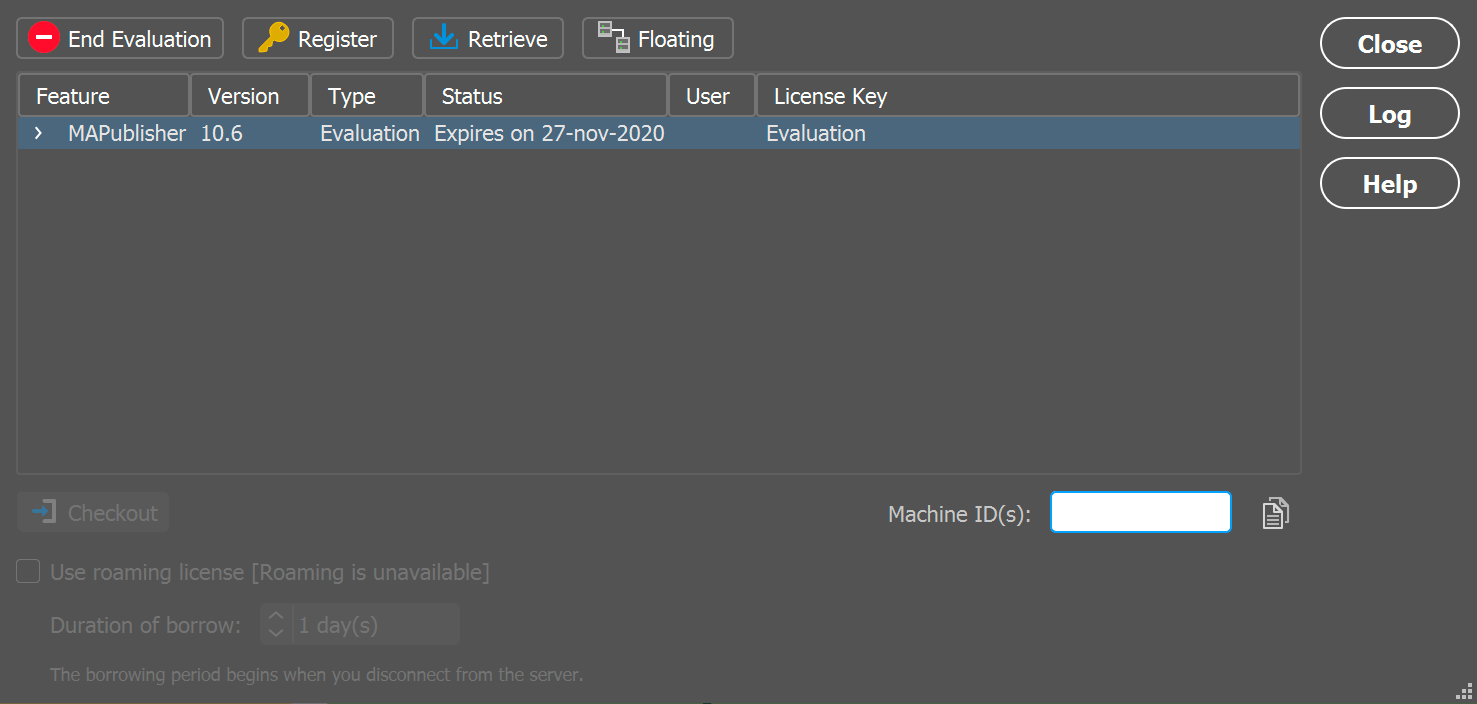

How can help our readers understand our graphics? DescriptionsĬorrelation between cigarette consumption and life expectancy might depend on the wealth of the countries. And by doing so, increase the graphicacy of the reader.
GITHUB REPROJECTING TO MAPUBLISHER HOW TO
At the end, in order to understand that graph you need to step by step explain the method by which it is created and how to read it. What we see is the range of possibilities for the centre of the storm. Hurricane charts are always miss-interpreted. Journalists and designers need to show confidence and uncertainty in their charts when uncertainty is critical. Outliers can greatly distort aggregated charts.ĭata is always biased, incomplete and uncertain. We tend to believe that readers are not as smart as they really are. Sometimes, in order to clarify information, we need to add more granularity -complexity- to avoid oversimplifying. It’s important to think about other possible situations.

This last element doesn’t confirm an action-consequence event.Įxample: Obamacare and people in the workforce When you add annotations, the relationship between the graphical elements and the annotated event is ‘created’. We only look for information that confirms what we want to believe. A chart only shows whatever you want to show. What about the amount of people who didn’t vote or couldn’t vote in the US elections (around 40% of the American population)? Confirmation bias It’s also important the data that is not being shown. The map that Trump loves so much doesn’t represent the citizens who voted for him, but the counties in which he won. For example, electoral maps ( Citizens’ for Trump cover). The way we describe the charts influences the way we interpret them. They are not only seen, but read.Ī modern citizen should have the following skills: Slides available here How to reason with graphicsĭata never speaks for itself, it always needs to be interpreted.Ī picture is worth a thousand words only if you know how to read it.Ĭharts are visual arguments. How We Lie to Ourselves With Infographics Some of the notes come from Sandra Rendgen’s post about the conference and Jules Grandin’s fantastic twitter thread. Last March 2019, I had the opportunity to attend the Malofiej Summit for the first time.


 0 kommentar(er)
0 kommentar(er)
